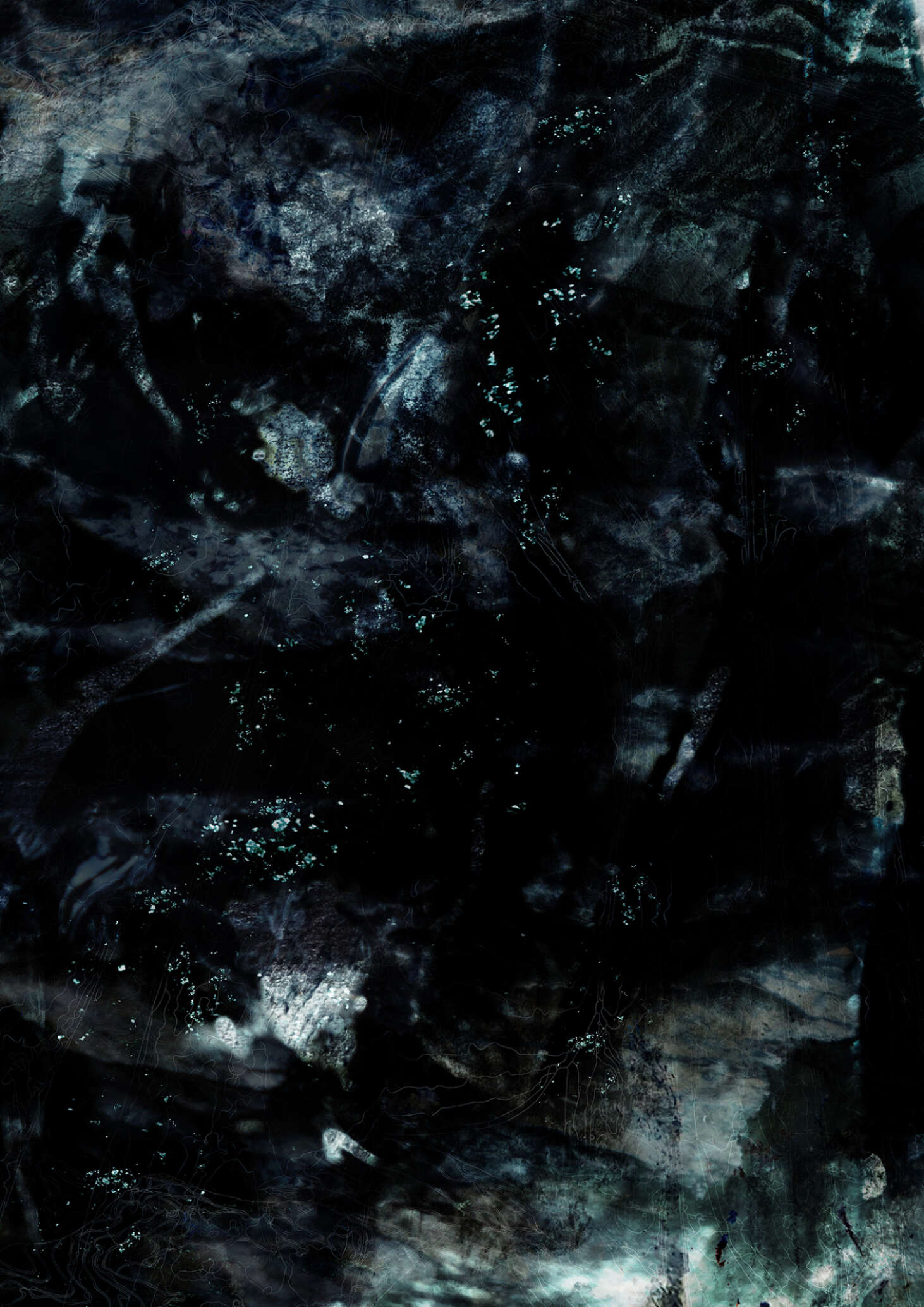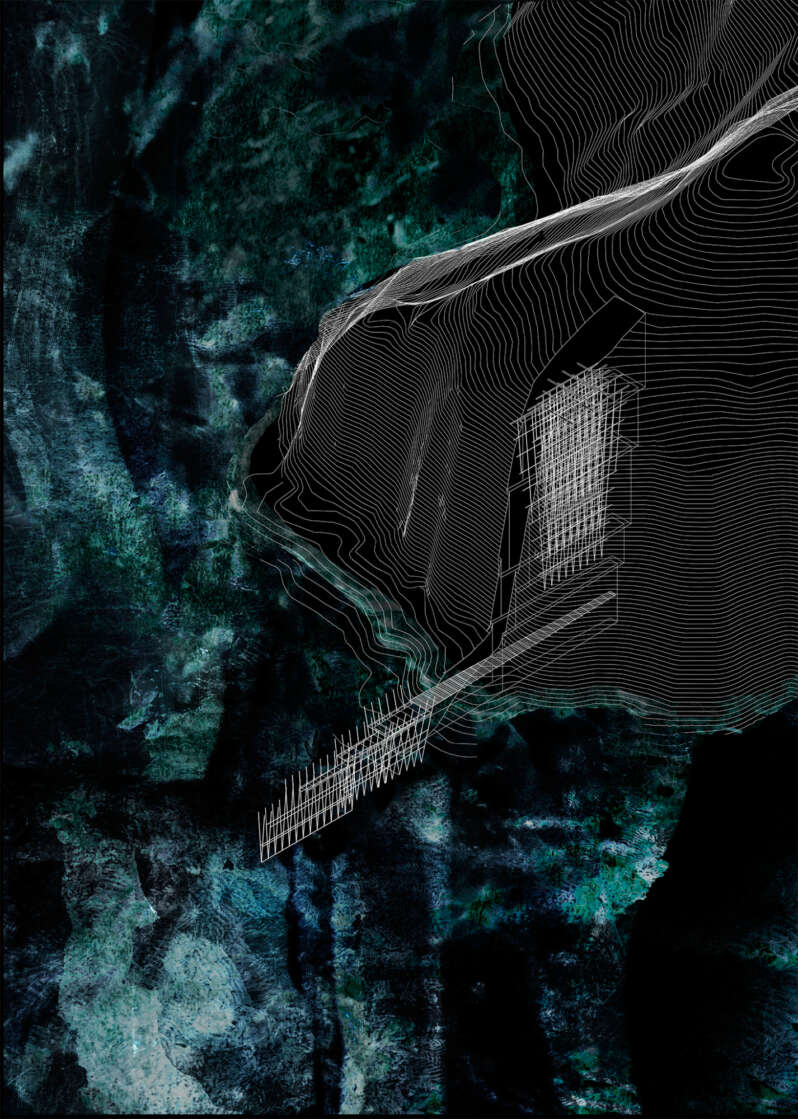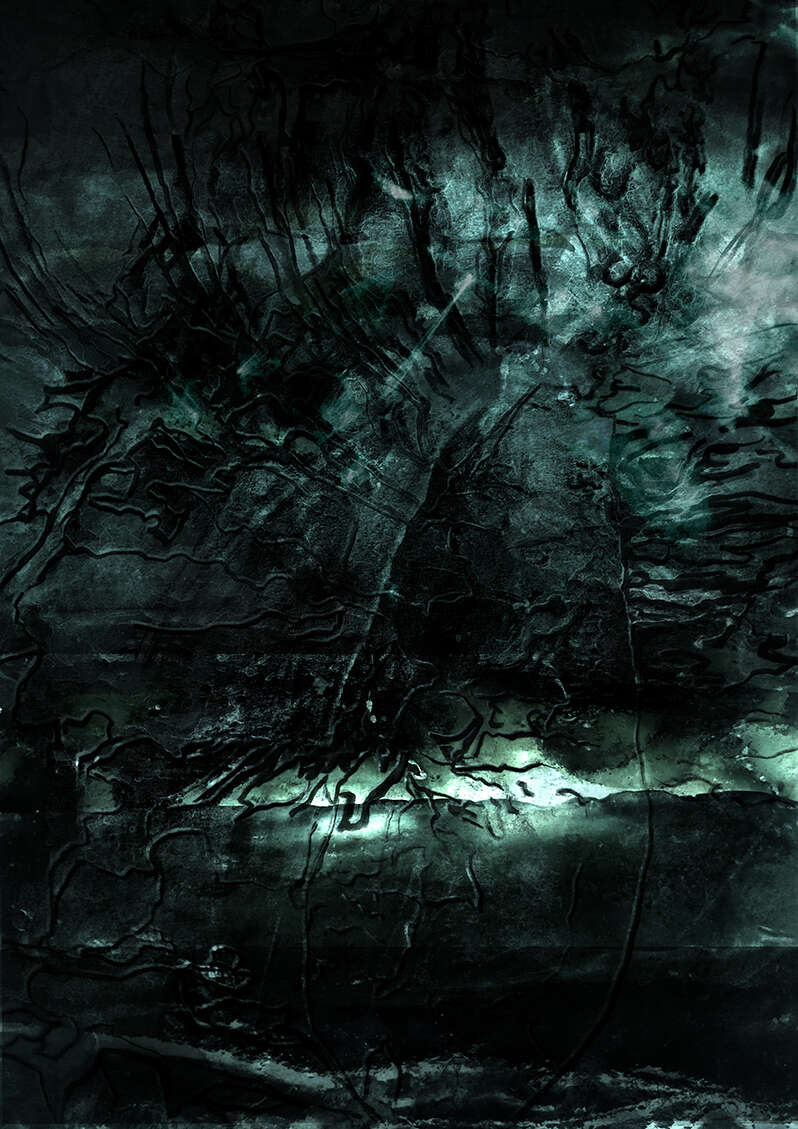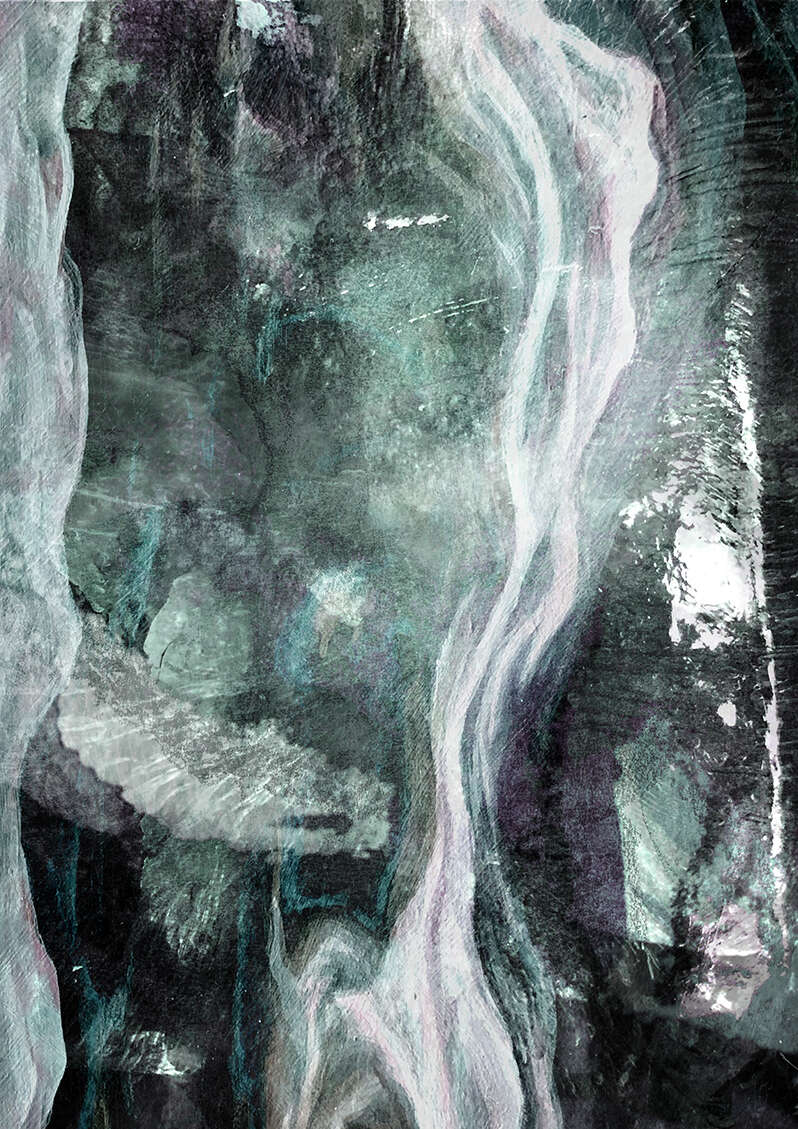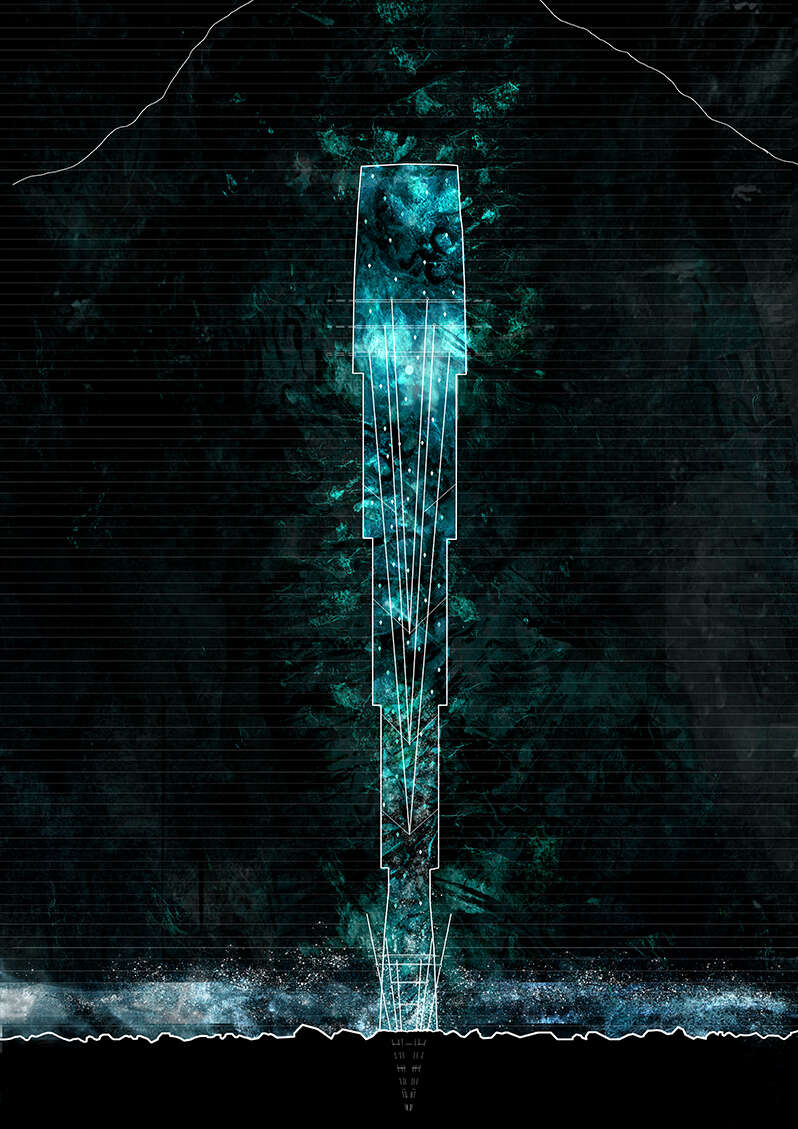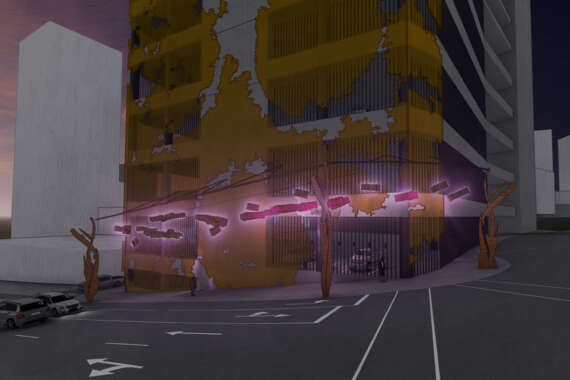Imagined Landscapes: Validating the Intangible in Architectural Perception
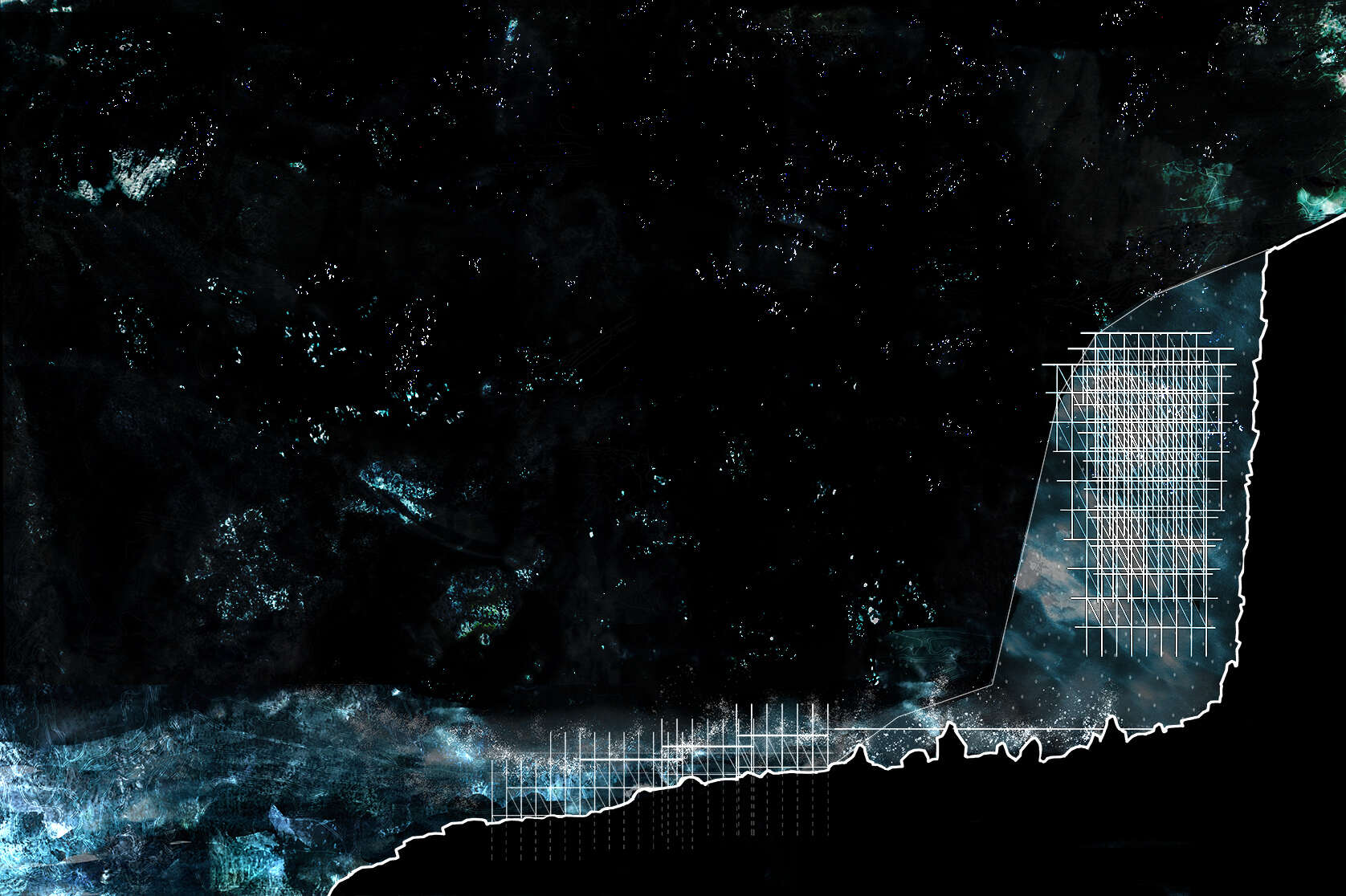
This thesis interrogates the affective relationships between self and space, architecture and landscape, through iterative making and research. Under the themes of Landscape and Water, this project evolves from atmospheric drawing into the design of a beacon at Te Waha Point which highlights intangibilities and the agency of landscape.







